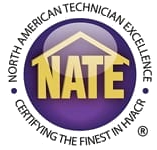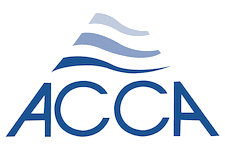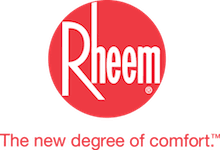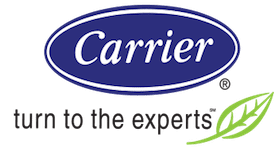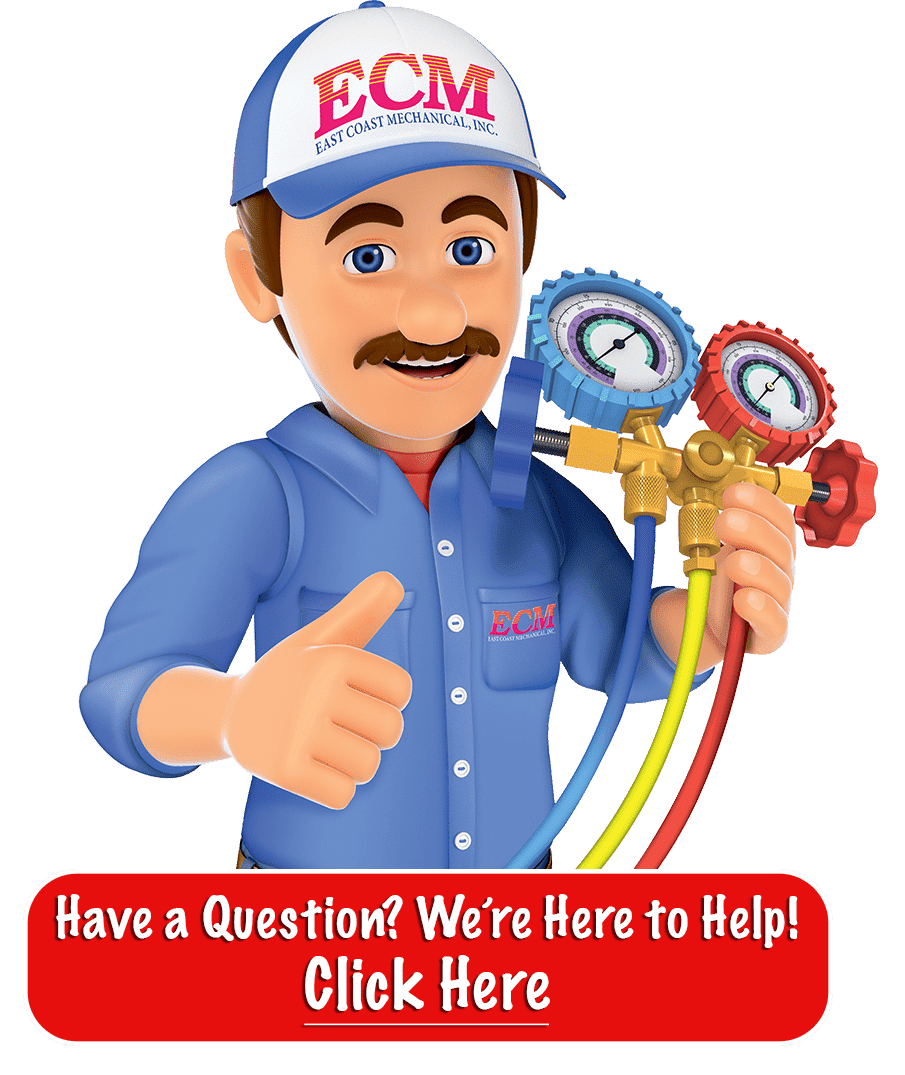Key Takeaways
Understanding Common Problems: Learn about issues like condenser malfunctions and uneven cooling.
Step-by-Step Repair Guide: Detailed instructions for changing filters and cleaning coils.
Knowing When to Call a Professional: Recognize situations that require expert intervention.
In Florida, a properly working air conditioning system transcends luxury, becoming essential for maintaining comfort and promoting healthful living environments. However, when your system malfunctions, it sometimes means a costly visit from a professional. Some issues can be resolved with DIY HVAC repair knowledge, potentially saving hundreds of dollars and providing a sense of empowerment.
Common Home Air Conditioner Problems
Condenser Does Not Run
A non-functional condenser in your home air conditioning system could stem from straightforward issues that don’t necessarily require professional intervention. One of the most common causes is a simple power issue.
This could mean anything from a tripped circuit breaker or blown fuse to a disconnected power supply, all of which are easily rectified. On the other hand, the problem could be more complex, such as a faulty motor within the condenser unit itself. Motors can wear out over time due to age, overheating, or electrical failures, leading to the condenser’s inability to run.
Before concluding that the motor needs replacement, checking for any loose or damaged wires affecting its operation is essential. Addressing these power-related issues can often restore your system’s functionality without costly repairs or parts replacements.
Uneven Cooling
This issue often stems from blocked vents or duct leaks.
Inadequate Cooling
Dirty Air Filter: Primarily, the air filter serves to capture dust, dirt, and various airborne contaminants, blocking their entry into your HVAC system and subsequently spreading around your dwelling. As debris accumulates, the filter may become congested, leading to obstructed airflow and a reduction in your system’s cooling efficiency. This leads to inadequate cooling and can strain your system, potentially causing more significant problems. Regularly checking and replacing your air filter (every 1-3 months, depending on usage and type) can prevent this issue and help maintain your system’s cooling efficiency.
Low Refrigerant Levels: Refrigerant is your air conditioner’s key agent to extract heat from your home’s interior air. Suppose your system doesn’t have enough refrigerant, possibly due to leaks or improper charging. In that case, it can’t cool the air effectively, leading to inadequate cooling performance. Identifying and repairing refrigerant leaks is crucial for cooling efficiency because refrigerant can harm the environment if released into the atmosphere. Unlike changing a filter, handling refrigerant requires professional skills and equipment, so this is a case where calling a certified HVAC technician is necessary.
No Cooling: This could signal a more serious issue, such as compressor or refrigerant problems.
Condenser Turns On and Off Repeatedly
When a home air conditioning system’s condenser begins to cycle on and off repeatedly in short intervals—a condition known as short cycling—it’s often a sign of underlying issues that demand attention. The condenser, a crucial HVAC system component, relies on unimpeded airflow and proper thermal exchange to function efficiently. Two common factors that can disrupt these conditions and lead to short cycling are a dirty or blocked condenser unit and issues with the evaporator coil.
Dirty or Blocked Condenser Unit: The condenser unit, typically located outside the home, is exposed to the elements and can accumulate dirt, leaves, and other debris. This accumulation can obstruct airflow and impede the unit’s ability to expel heat from the system. When the heat isn’t adequately released, the system can overheat and trigger temporary safety protocols that shut it down. Once cooled, the system restarts, only to overheat and shut down again soon after. This leads to a continuous on-and-off operation cycle. Regular cleaning and debris removal around the condenser unit can prevent this issue and ensure efficient operation.
Evaporator Coil Issues: The evaporator coil near the indoor air handler is critical in cooling the air circulating through your home. Like the condenser, the evaporator can also become dirty over time. A layer of dirt or dust on the evaporator coil can act as insulation, preventing the coil from absorbing heat effectively. This inefficiency can cause the system to short cycle for similar reasons as a dirty condenser—overheating and triggered safety shutoffs. Cleaning the evaporator coil is more complex than cleaning the condenser. It might require professional service, especially if the coil is hard to access or the system uses delicate fins that can be easily damaged.
Faulty Thermostat: A thermostat acts as the command center for your home’s air conditioning system, dictating when and how the system cools your space. When it malfunctions, it can cause many cooling issues ranging from minor annoyances to significant disruptions in comfort. The impact of a faulty thermostat can manifest in several ways, underscoring its critical role in HVAC troubleshooting and the overall performance of your air conditioning system.
Erratic Temperature Control: One of the most direct effects of a malfunctioning thermostat is the inability to maintain consistent temperatures. Suppose the thermostat’s sensors are not accurately reading the ambient temperature. In that case, it might cause the air conditioning system to turn on and off at inappropriate times or maintain a temperature that’s too high or too low. This situation compromises comfort levels and increases energy usage as the system exerts extra effort to counterbalance the inconsistent temperature control.
System Not Turning On or Off: A faulty thermostat can prevent the air conditioning system from turning on or keeping it running continuously without cycling off. This issue can stem from wiring problems, a dead battery (in programmable thermostats), or internal failures within the thermostat itself. Such conditions strain the HVAC system and can significantly impact your energy bills and the system’s lifespan.
Short Cycling: Similar to the problems caused by a dirty condenser or evaporator coil, a malfunctioning thermostat can lead to short cycling. Suppose the thermostat improperly signals the air conditioner to cycle on and off too frequently. In that case, it can cause excessive wear on the system’s components and reduce overall efficiency and cooling effectiveness.
Inaccurate Programming: Programmable thermostats are designed to adjust the indoor temperature according to a schedule, enhancing comfort and energy efficiency. However, a malfunction in programming or a failure to save user settings correctly can lead to heating and cooling patterns that don’t align with the occupants’ needs, undermining the benefits of programmable features.
Addressing thermostat problems may involve simple fixes like replacing batteries, cleaning, recalibrating, or tightening loose connections. In some cases, however, especially with older models or those showing signs of significant wear, replacement with a new, more efficient thermostat might be the best solution. Upgrading to a smart thermostat can also offer enhanced control, programmability, and insights into your HVAC system’s performance, further optimizing your home’s cooling and heating efficiency.
Troubleshooting and Repair Steps
Check the Breaker or Fuse Panel: Ensure the system’s power supply is intact, especially if the condenser fails to run.
Change the Filter: A clogged filter can severely impact HVAC system efficiency. Replace it every 1-3 months.
Test the Thermostat: Ensure it’s working correctly and set to an appropriate temperature.
Remove Ice Build-Up: Ice on the evaporator coils can hinder airflow. Turn off the system to let it melt.
Clean the Vents: Blocked vents can cause uneven cooling. Ensure they’re clear of obstructions.
Clear Space Around the Compressor: Ensure at least 2 feet of clearance around the unit for optimal performance.
Inspect the Air Ducts: Leaks or blockages in the ducts can lead to several issues.
Clean the Evaporator Coils: A critical step for maintaining air conditioner troubleshooting efficiency.
Clean the Compressor Coils: Dirty coils can reduce the system’s ability to cool your home.
Examine the Coolant Lines: Check for leaks or damage, which can affect cooling performance.
Regular maintenance, like evaporator and compressor coil cleaning, can prevent many of these issues.
When to Call a Professional
Undertaking DIY maintenance on your air conditioner can offer both cost savings and satisfaction, ensuring your system runs optimally. However, it’s crucial to recognize the limitations of DIY efforts, especially when faced with complex or potentially dangerous issues. Specific air conditioner problems go beyond the scope of what most homeowners can safely handle and necessitate the expertise of a professional HVAC technician.
Refrigerant Leaks: A notable problem is a leak of refrigerant, which acts as the crucial fluid enabling your air conditioning system to transfer heat outside your home. Such leaks can reduce your system’s ability to cool effectively and present environmental and health risks, given the hazardous chemicals in refrigerants. Correctly diagnosing, repairing, and recharging refrigerant levels requires specialized tools and knowledge of environmental regulations. Handling refrigerant without proper certification is illegal in many jurisdictions due to its potential to harm the environment.
Compressor Problems: Similarly, issues with the air conditioner’s compressor are complex and can result from various underlying problems, including electrical failures, refrigerant issues, or mechanical wear and tear. The compressor is often considered the heart of the air conditioning system, and its repair or replacement involves intricate procedures, specialized tools, and a deep understanding of the system’s mechanics. Improper handling can lead to further damage, including catastrophic system failure.
Safety Risks: Beyond the complexity of these repairs, there are inherent safety risks. Electrical hazards, such as the potential for chemical exposure, are a significant concern when working with HVAC systems. Professional HVAC technicians are trained to navigate these risks safely, ensuring repairs are conducted without endangering themselves or the household.
Specialized Tools and Knowledge: Professionals have access to diagnostic tools and equipment that most homeowners need, allowing for accurate identification of issues that might not be apparent through basic troubleshooting. Their training and experience enable them to perform repairs efficiently, adhering to industry standards and regulations.
If you encounter persistent issues with your air conditioning system despite your troubleshooting efforts or need clarification on any aspect of the repair process, seeking professional help is the prudent choice. Certified HVAC technicians can provide peace of mind through expert diagnosis, repair, and advice on maintaining your system for optimal performance and longevity. Investing in professional services when necessary ensures your system’s reliability and efficiency and safeguards your home and family.



